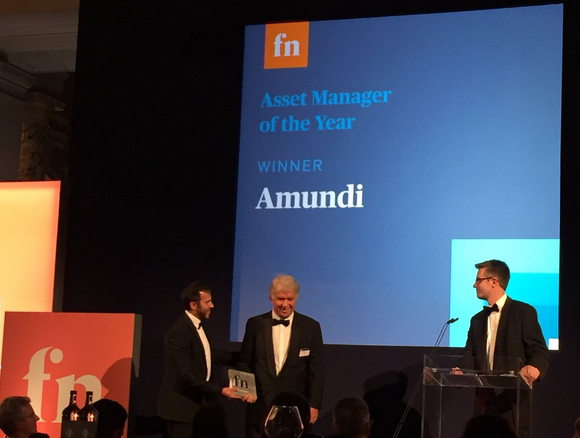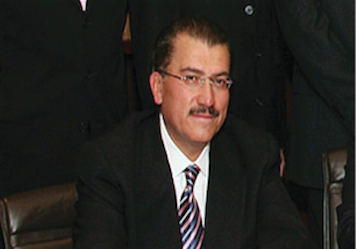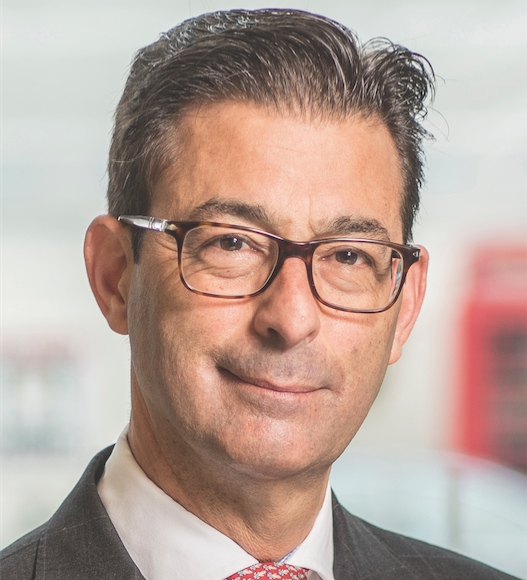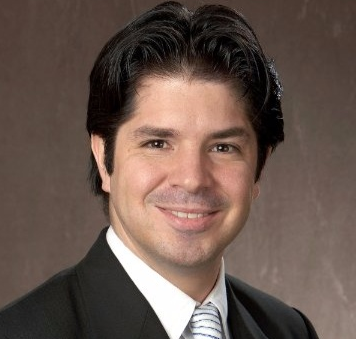BlackRock: “We Think The Chinese Economy Is Doing Well and Do Not See Any Worrying ‘Bubbles’ Forming Up At This Stage”
| By Alicia Miguel | 0 Comentarios
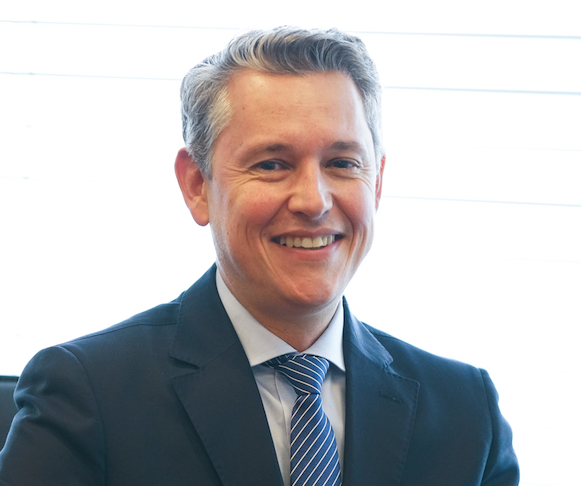
Jean-Marc Routier, Director, and Product Strategist for the Asian Equities team in the Fundamental Equity division of BlackRock‘s Active Equity Group is convinced that there are many fundamental reasons for investing in Asian equities, an asset still not well favored by investors: not only its growth surpasses the rest of the world, but the reforms are improving its quality and there are solid advances in urbanization, consumption and the services sector that can not be overlooked. Besides China, which dominates the investment universe, in this interview with Funds Society, he speaks of the attractiveness of markets such as India and Indonesia,
Are investors coming back round to Asian equities as an alternative to the high prices of the US stock market? Is Asia just an alternative or are there fundamental reasons to invest in their equity markets?
Investors are still relatively underweight Asian Equities (source EPFR). Whilst Asia would indeed be a nice alternative to other markets and a good source of diversification, investors remain cautious to allocate as they are still unsure about China and don’t yet believe in the earnings recovery story that we have been observing now for the last 18 months. We believe that Asia benefits from attractive valuations, low ownership and good fundamentals. The fundamentals reasons to invest in Asia are that growth is outpacing the rest of the world, reforms are improving the quality of growth and we are seeing strong urbanization, consumption and services sector developments.
Growth could be one of the reasons for the return to the Asian equity markets, but this growth will slow down due to China’s effect. Do you think that less growth in the future will impair returns? Or do you consider a more balanced growth as positive for the region?
We think growth in China has now normalised – in fact China has doubled its GDP growth in nominal terms from Q1 2016 to Q1 2017. We expect growth to be lower than a decade ago but we also expect the growth to be better quality (less reliant on capital investments) which we think is positive for company returns and therefore markets. Yes definitely more balanced growth is a positive for the region
Regarding China… Do you see opportunities in the framework of the country’s new growth? In what sectors? Do you opt for the old or the new economy in the BGF Asian Dragon fund?
Contribution from consumption to GDP growth has gained importance over the year and now contributing to around 2/3 of China’s GDP growth. The importance of investment component will be reduced over time. The economy transition from an investment-driven model to a consumer-led model is a multi-year process, but well-supported by urbanization, job creation (mainly driven by private sector employment due to privatization progress), strong labor market (very low unemployment rate), and wage growth. We have recently seen very strong growth in the e-commerce and internet part of the market – China has one of the world best penetration of e-commerce (15% of retail sales) and most of its population online.
How will the recently announced inclusion of China’s A-shares in the MSCI emerging markets index affect the Chinese and Asian markets?
MSCI’s A-share inclusion decision represents a significant step in opening China’s equity markets to foreign investment and to aligning the weight of China in global indices with the country’s emerging status as an economic superpower (China’s weight in MSCI ACWI is only 3% but China accounts for around 17% of world GDP in 2015 per IMF).
While A-share inclusion may lift sentiment temporarily, we believe the impact in the China onshore market will be minimal at the initial stages of inclusion. Firstly, the actual inclusion implementation will not happen until mid-2018. Secondly, incremental inflows to A-share market will be modest initially. Incremental active inflows at initial inclusion stages shall actually be minimal since active investors who took a view on A-share would have already increased exposure given the multiple market access channels already in place (including QFII and Stock Connect).
However, the long-term investor implications are likely to be far-reaching. At full inclusion, China weight (offshore and A-share equity together) can exceed 40% in MSCI EM index. Therefore as MSCI moves towards full inclusion of China A-share, China allocation will be strategically important for international investors. The entry of more institutional investors would also help drive the healthy development of China’s onshore equity markets.
To what extent could economic slowdown in China and its debt and financial issues impact the rest of Asia? Will there be firewalls or is there a real danger of these problems spreading?
While we recognize that China’s debt makes up 250% of its economy and is increasing at a rapid pace, we think concerns are overblown. The likelihood of a debt contagion is minimal as China is a close-ended economy and debt is concentrated in state-owned companies whilst consumers, private corporate and government debt is very low. But more importantly, we believe we have seen the peak in the non-performing loan cycle as reform progress in the past few years is starting to come through and many of the structural problems such as overcapacity and credit growth are starting to be addressed. Furthermore, good cyclical momentum within China as well as a pickup in global demand in developed markets may also help lift the economy.
On account of China, is there a risk that the volatility in the Asian stock markets could surge once again, as they did in 2015 or is this risk more controlled than in the past? And why?
There are always risks that situations that move on non-fundamental drivers come back to normalised levels. At the moment we think the Chinese economy is doing well and do not see any worrying ‘bubbles’ forming up at this stage.
Is the Asian equity market just China? What other regions offer decent opportunities to be taken into account? Do you like the Indian market? And other more modest markets, such as Indonesia, Philippines..?
China now makes up 35% of the Asian index (MSCI AC Asia ex Japan) and is the biggest constituent. But indeed, we see a lot of value in more peripheral markets. Specifically, we have good exposures to Indonesia at the moment as we see the economy normalising after a period of sub trend growth. We like India and have good exposure there too specifically to cyclicals and financials. We are currently cautious on the Philippines where the twin deficit is increasing
Following the strong rally which Asian equities experienced in 2016, is it still the right time to enter?
Asian equities are trading below the 40years long term average so valuations are not yet on mid-cycle levels yet. Investor ownership is low. Earnings drivers should remain positive as long as the main world economies continue to see normalising growth and we can maintain the domestic reform agenda in the region.
When investing in Asia, what is the most important thing to bear in mind, the macroeconomic aspects or the companies’ fundamentals and why? What are the characteristics that you look for in the companies which you invest in?
The Asian Equity team believes that stock prices are driven by fundamentals, liquidity and perceptions of risk. Markets frequently exhibit sharp swings of sentiment and misprice a company’s true worth. By combining fundamental research with local market knowledge and quantitative and qualitative screening and valuation techniques, we can exploit market inefficiencies. By investing over the medium to long term, we aim to invest in companies that are both relatively cheap to reasonably priced (valuation conscious), which can meet or beat market expectations.
Investing in Asia, is it better to cover currency risk or take it on? What are the current risks for Asian currencies against the dollar?
We invest with currency un-hedged as we take a view when we pick a stock that we make a deliberate call on the company, where it is listed, the sector it is in and the currency it is traded under. We do recommend investors to hedge to their local currency to avoid surprises unless they have very strong and informed views otherwise.

![LatAm Fixed Income: “Despacito” [Slowly] Evolving Beyond a Passing Fad](https://www.fundssociety.com/wp-content/uploads/2017/08/geralt_money_pixabay.jpg)
